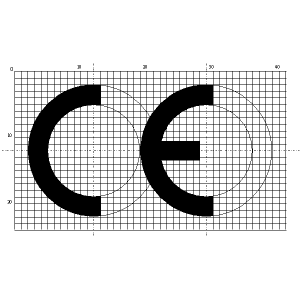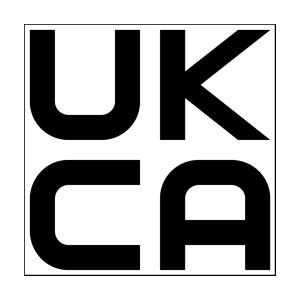Contractual and Legislative EMC Approval
It is vital to understand the requirements at the outset of a project. WEMEC offers a full analysis ensuring all EMC and Electrical related contractual and legislative requirements have been identified and understood.
This ranges from contractual obligations including military (DEF STAN’s, MIL STD and AECTP series) to legislative including the EMC directive 2014/30/EU the UK EMC Reg 2016, CEMFAW Reg 2016 EMF requirements and the Low Voltage Directive (LVD) 2014/35/EU.
WEMEC EMC consultants have vast experience in interpreting your requirements and producing test results and documentation including technical construction files, control plans, test plans and test reports to meet your obligations
UKCA Marking
The UKCA (UK Conformity Assessed) mark is the new product marking required for goods sold in Great Britain (England, Scotland, and Wales) following the UK's departure from the European Union. To ensure electromagnetic compatibility (EMC) compliance for the UKCA mark, the following requirements should be considered:
CE Marking
The ‘CE’ Mark is placed on many products within the European Economic Area (EEA) to indicate a product’s compliance with EU legislation in order to allow free movement within the European “single market”.
The CE mark is a declaration by the manufacturer that these products meet the EU legislative requirements for safety, health or environmental protection.
In order to place a UKCA or CE mark on a product, the responsible body / party must:
- Identify the directives applicable to the product. There are more than 20 directives setting out the product categories requiring CE, which provide the essential requirements in broad terms.
- Establish product-specific requirements. The most common way ensure compliance with the essential requirements is through the use of Harmonised Standards, although this remains voluntary. If the standard is not followed, alternative methods must be used to demonstrate compliance with the essential requirements.
- Identify whether an independent conformity assessment is required. Each directive covering your product specifies whether a “Notified Body” must be involved in the conformity assessment procedure necessary for CE marking. Notified Bodies are authorised by national authorities and officially ‘notified’ to the European Commission and listed on the NANDO database.
- Test the product and check its conformity. The product should be checked for compliance / conformity against the essential requirements of the applicable directives; this is referred to as the ‘conformity assessment procedure’.
- Set up technical documentation. The technical documentation required by the directive/s for the assessment of the product’s conformity should be established. The technical documentation and EC Declaration of Conformity (DoC) must be made available to the relevant national authorities, if requested.
- Place the CE marking on product and EC DoC. The CE marking must be placed on the product, according to its legal format, to the product or its data plate. There are specific rules for using the CE marking for your product, as well as rules for the reproduction of the CE marking logo.
Enforcement, or market surveillance, is undertaken by nominated public authorities (Market Surveillance Authorities) in each member state, and each state has separate ways of enforcing the legislation once it has been implemented into national law. The following bodies, amongst others, are responsible for CE marking enforcement in the UK:
- Trading Standards Services
- the Health and Safety Executive
- the Medicines and Healthcare products Regulatory Agency
- the Vehicle Certification Agency
- the National Measurement Office


